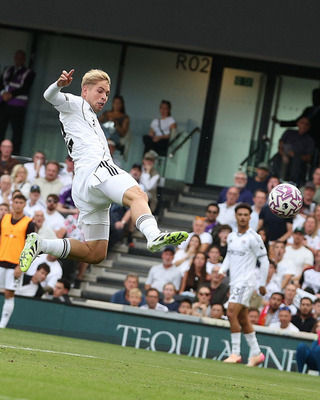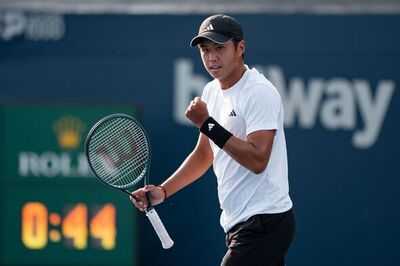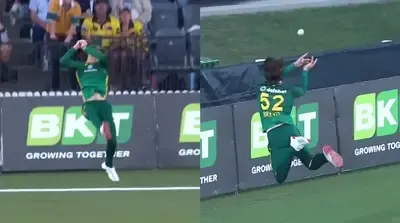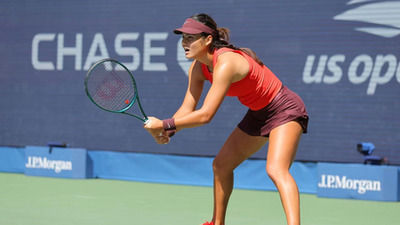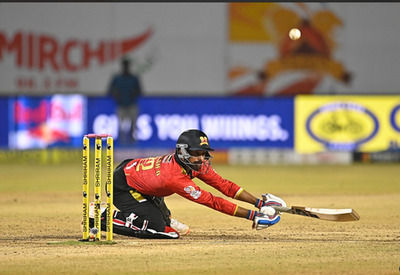Indoor gardening has surged in popularity, with plant enthusiasts increasingly using grow lights to support healthy growth. Among the various light colours available, red light is gaining attention for its unique role in plant development. Red light plays a crucial part in photosynthesis and is especially effective during the flowering and fruiting stages. It helps regulate plant hormones and encourages stem elongation, bud formation, and energy production. Many growers use red LED lights as part of a full-spectrum setup to enhance both indoor gardening success and plant health. This targeted lighting approach supports vibrant, thriving plants year-round, especially in low-light environments.
What is red light and why does it matter for plants
Red light is part of the visible light spectrum and plays a crucial role in photosynthesis, the process by which plants convert light energy into food. It is distinct from infrared light, which is invisible and can cause heat stress if overused. Red light influences key growth phases like flowering and fruiting. According to gardening experts red and blue light are the primary wavelengths plants need. Blue light supports leaf and stem growth, while red light triggers flowering and fruit production, making it essential in later stages of plant development.
Why gardeners prefer red LED grow lights
Modern growers favour LED grow lights, including red LEDs, for several reasons. LED lights provide strong, energy-efficient illumination without generating excessive heat, unlike incandescent or fluorescent bulbs. This makes LEDs safer and more cost-effective for indoor use. Garden designers prefer full-spectrum LED lights, which include red light, for starting seedlings indoors, especially in early spring. The ability to customise light wavelengths and intensity allows growers to optimise plant growth for specific species and growth stages.
Types of red light: Visible, infrared, and far-red
Red light comes in three forms: visible red light, infrared light, and far-red light.
Visible red light is the classic red glow seen in grow lights, directly influencing plant photosynthesis.
Infrared light is invisible and mainly involved in plant signaling; however, excessive infrared can cause overheating and damage.
Far-red light, situated between visible red and infrared wavelengths, is believed by some growers to be the most effective at promoting growth, though scientific evidence is still emerging. Anecdotal reports from gardeners highlight its benefits, but more research is needed.
How to use red lights effectively for your plants
The effectiveness of red light depends heavily on timing and duration. Seedlings typically require 16-18 hours of light per day, while flowering plants need around 12-16 hours. Overexposure to red light can stress plants, so balancing with blue and full-spectrum light is ideal. For best results:
- Use full-spectrum LEDs with a strong red light component to mimic natural sunlight.
- Adjust light duration based on plant species and growth stage.
- Position lights to provide even coverage without overheating plants.
- Research specific plant needs, as some may benefit more from combined blue and red light.
Also read |
10 best small plants for your office desk
